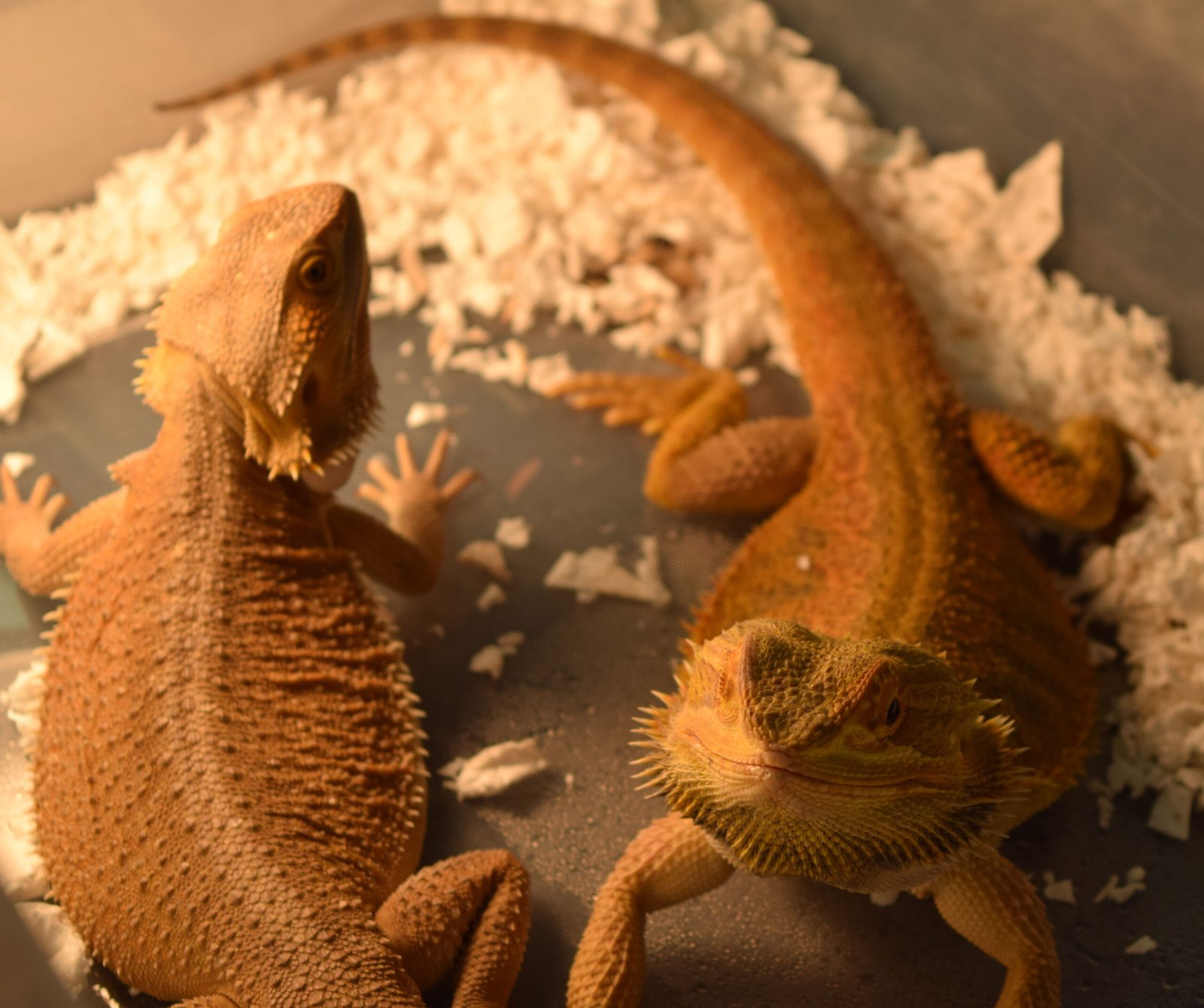Every pet has its quirks and charms, but the bearded dragon holds a special place in the hearts of reptile enthusiasts. Known for their calm demeanor and unique appearance, these fascinating creatures are more than just a scaly friend. With their expressive eyes and endearing head bobs, bearded dragons have a way of forming unexpected bonds with their owners. These gentle reptiles may not cuddle like a cat or wag their tails like a dog, but their quirky behaviors make them just as lovable. Whether you’re a seasoned reptile owner or considering your first bearded dragon, understanding these captivating creatures is essential. Let’s dive into 13 intriguing facts about bearded dragons that every pet owner should be aware of.
Origin and Natural Habitat
Bearded dragons, affectionately known as “beardies,” hail from the arid landscapes of Australia. They thrive in deserts, woodlands, and scrublands, adapting to climates that range from scorching hot to relatively cool. These environments have shaped their behavior and physiology, making them hardy and adaptable pets. The ability to adjust to varying temperatures and conditions has made them popular among pet owners worldwide. Understanding their origin helps in recreating a suitable habitat in captivity, ensuring they live a healthy and happy life. The familiarity with their natural environment can also provide insights into their behavior and needs.
Distinctive Appearance

The bearded dragon’s appearance is nothing short of captivating. With a broad, triangular head and a “beard” of spiky scales, they look like miniature dragons from a fantasy tale. Their coloration ranges from sandy browns to vibrant reds, often changing with mood or temperature. These scales and spikes aren’t merely for show; they play a role in defense and communication. The beard, in particular, can puff out and darken, signaling stress or territorial behavior. Their eyes, large and expressive, add to their charming demeanor, making them a favorite among reptile lovers.
Docile Temperament
One of the most appealing traits of bearded dragons is their calm and gentle nature. They are renowned for being docile and easy to handle, making them ideal pets for beginners and families. Unlike some reptiles, beardies enjoy interaction with humans, often perching on shoulders or laps. This friendly disposition is a significant reason why they have become such beloved pets. However, it’s essential to handle them with care and respect their space, as even the calmest dragon might get stressed if mishandled. Their gentle nature, combined with their curious personalities, makes them delightful companions.
Dietary Preferences
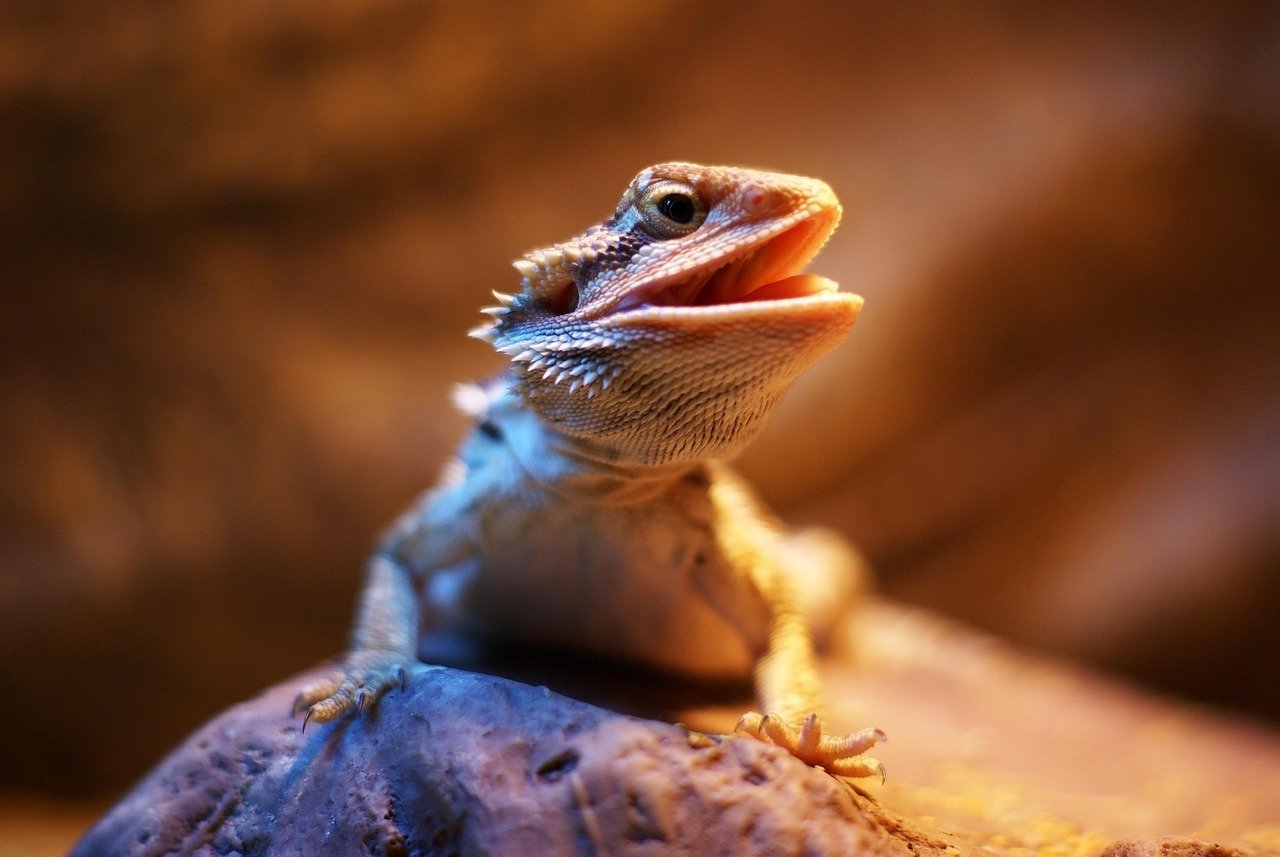
Bearded dragons are omnivores, requiring a balanced diet of both plants and insects. Their meals typically consist of crickets, mealworms, and a variety of vegetables and fruits. Their diet changes as they age, with younger dragons needing more protein and older ones consuming more greens. Providing a varied and nutritious diet is crucial for their health and well-being. Calcium and vitamin supplements are often necessary to prevent nutritional deficiencies. Understanding their dietary needs ensures that your bearded dragon remains vibrant and healthy, contributing to their longevity and vitality.
Unique Communication
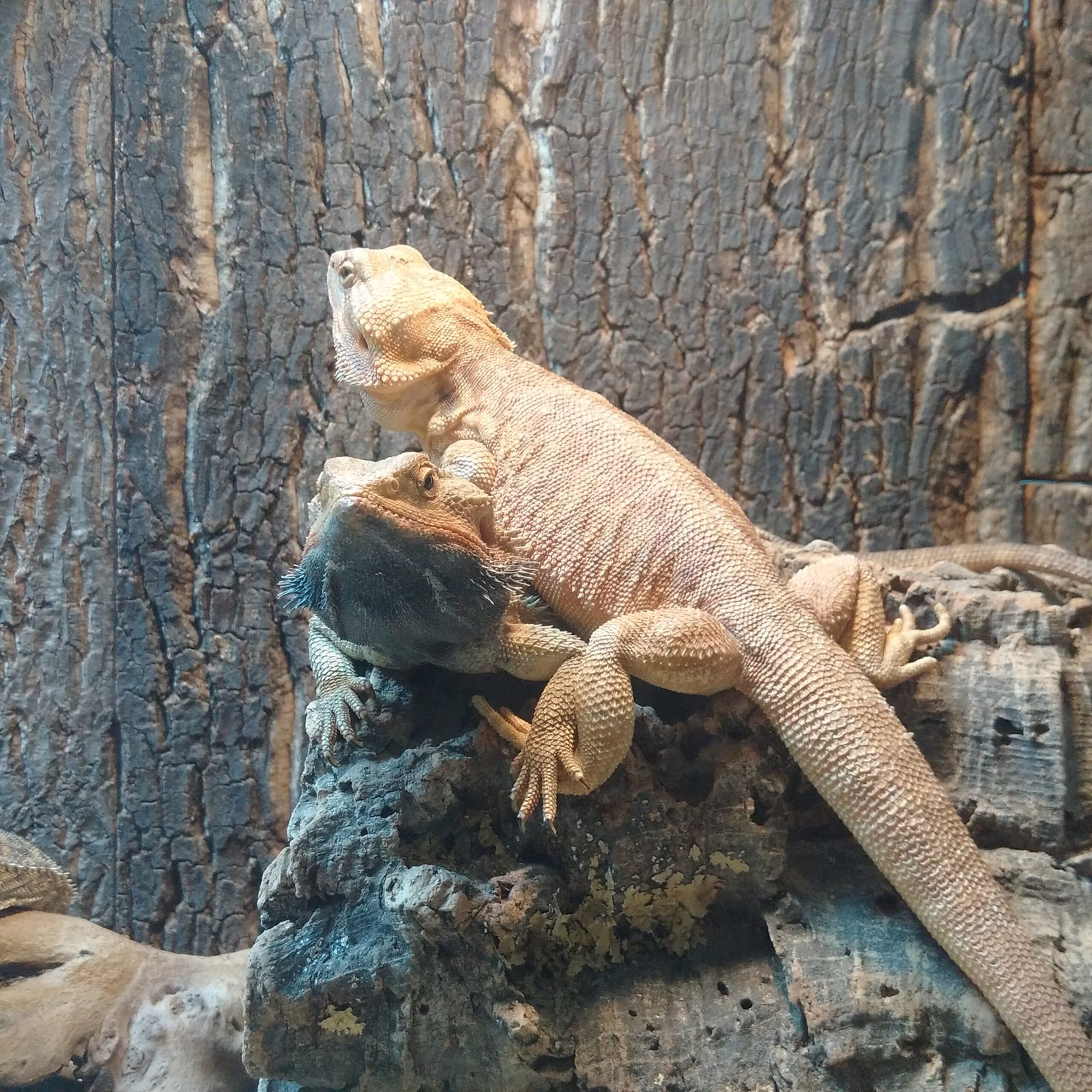
Communication in bearded dragons is a fascinating blend of body language and physical displays. They use their “beard” to communicate, puffing it out and darkening it to show dominance or stress. This beard display is often accompanied by head bobbing or arm waving, each movement conveying different messages. While head bobbing can signify dominance or aggression, arm waving is usually a sign of submission or recognition. Observing these behaviors provides a window into their social interactions and emotional states. Understanding their communication methods helps in building a stronger bond between pet and owner.
Shedding Process
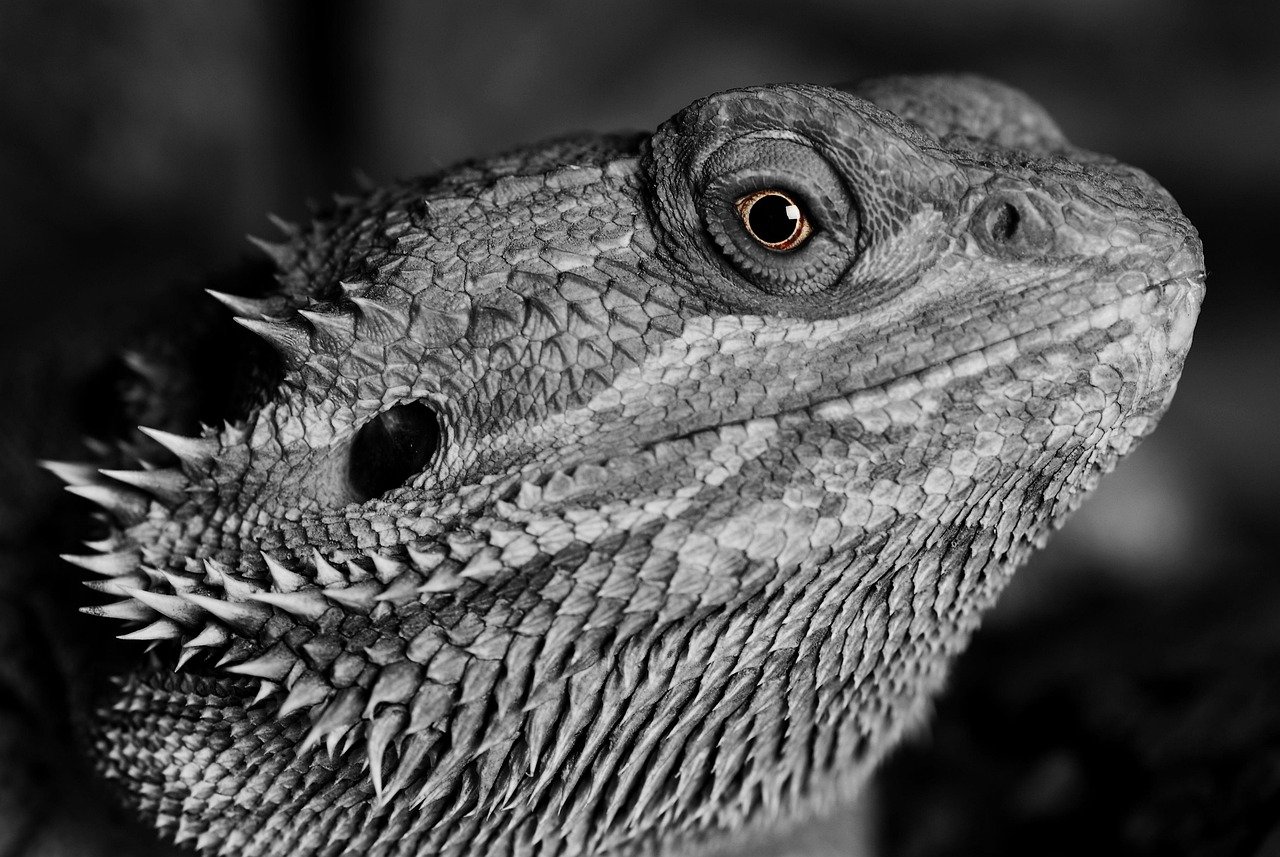
Shedding is a natural part of a bearded dragon’s life, allowing them to grow and replace old skin. Unlike snakes, beardies shed in patches, and the process can be frequent, especially in younger dragons. Proper humidity and hydration are essential during shedding to prevent complications. Owners can assist by providing gentle baths and ensuring their habitat is appropriately humid. It’s a fascinating process to observe, revealing the bearded dragon’s growth and health. Keeping an eye on shedding patterns can also indicate any potential health issues, making it an essential aspect of their care.
Thermoregulation Needs
Bearded dragons, like all reptiles, are ectothermic, meaning they rely on external heat sources to regulate their body temperature. A well-maintained basking area is crucial, allowing them to warm up and digest food properly. Equally important is a cooler area where they can retreat to regulate their temperature. This gradient is vital for their health and comfort, mimicking their natural environment. UVB lighting is also essential, aiding in calcium absorption and bone health. Understanding their thermoregulation needs ensures a happy and healthy beardie, preventing common health issues related to improper temperature management.
Lifespan and Health
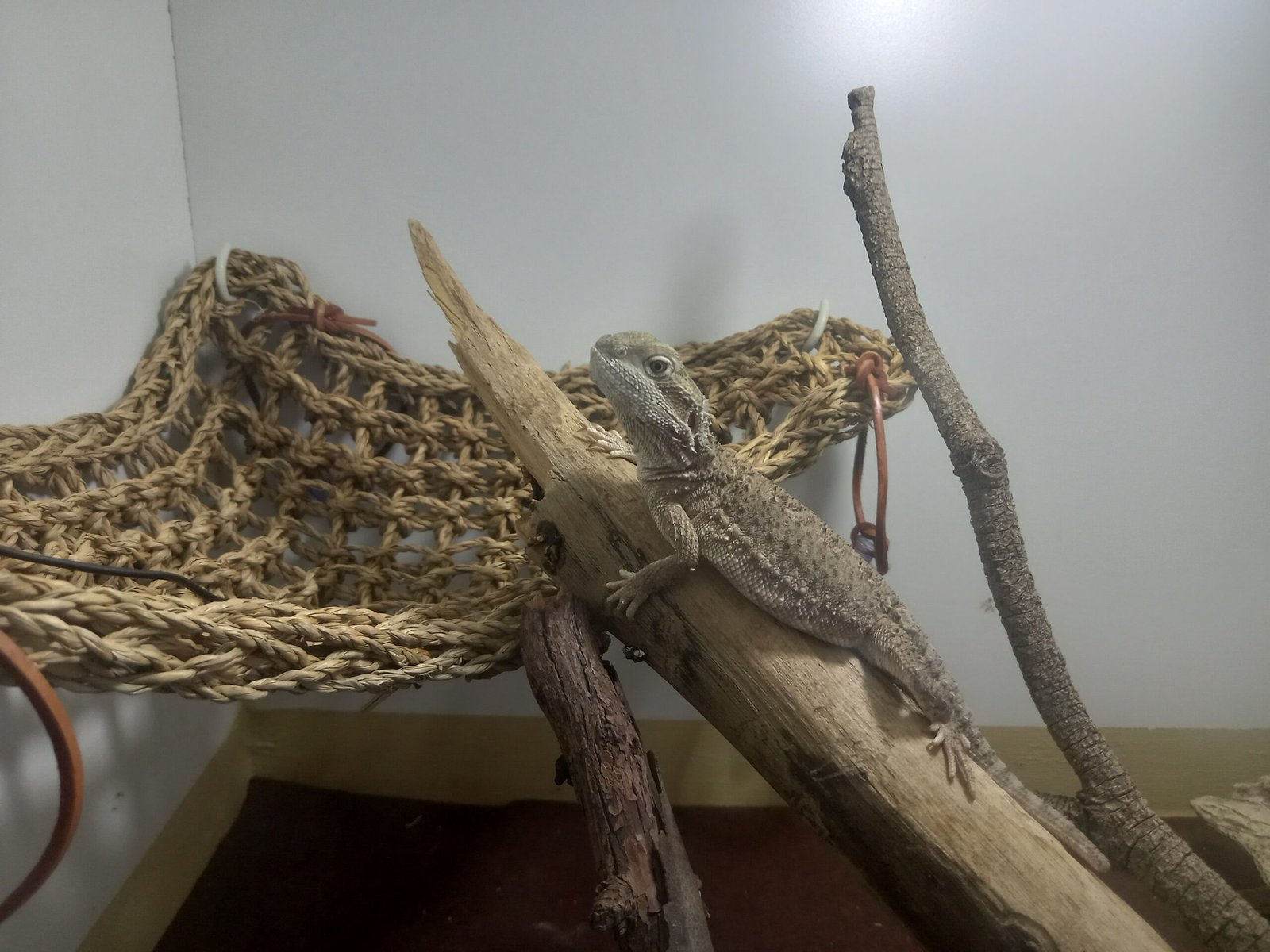
With proper care, bearded dragons can live between 10 to 15 years, making them a long-term commitment. Regular veterinary check-ups and a well-balanced diet contribute to their longevity. Common health issues include metabolic bone disease, respiratory infections, and parasites, all of which can be prevented with attentive care. Recognizing signs of illness early is crucial, as reptiles often hide symptoms until they become severe. Providing a clean and enriched environment further enhances their quality of life. A commitment to their health and well-being ensures that they remain vibrant companions for many years.
Social Behavior
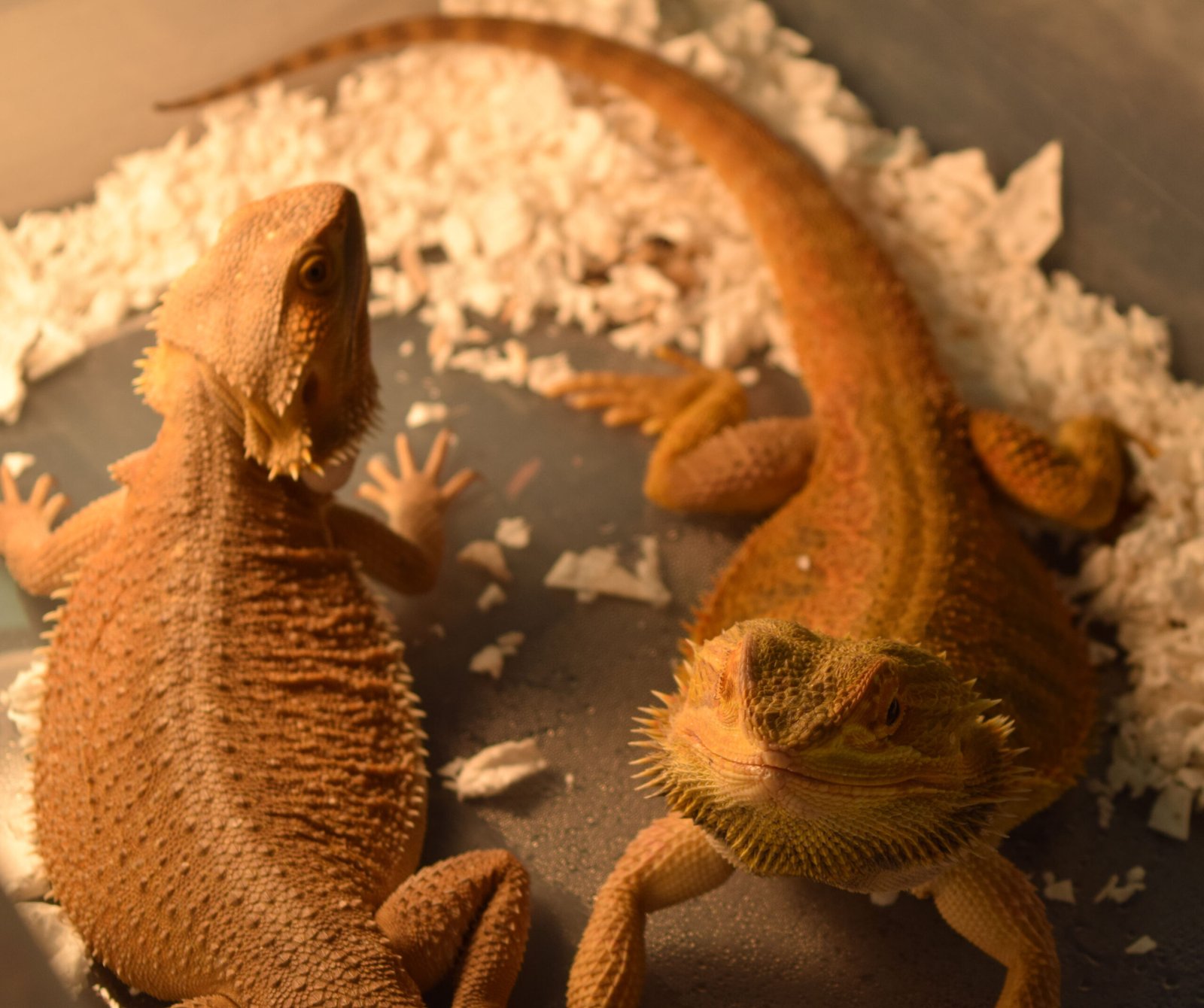
While bearded dragons are generally solitary creatures, they do exhibit fascinating social behaviors. In captivity, it’s common to see them interact with their reflections or other beardies, often displaying territorial behaviors. Housing multiple dragons requires careful consideration, as conflicts can arise. Males are particularly territorial and may not tolerate other males in close proximity. Understanding their social dynamics helps in creating a harmonious living environment. Observing their interactions provides insights into their personalities, adding another layer of enjoyment to owning these remarkable reptiles.
Breeding and Reproduction
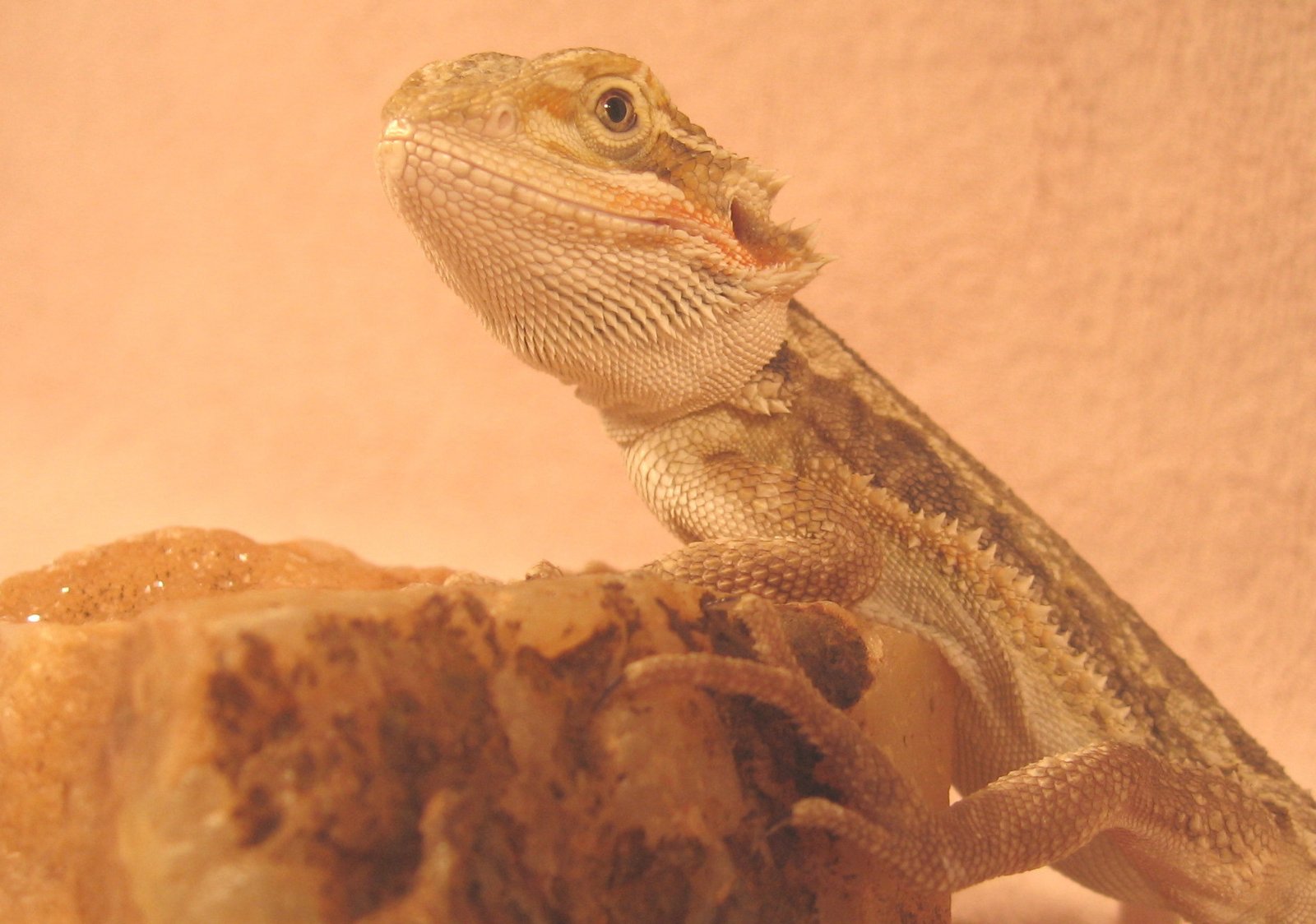
Breeding bearded dragons can be a rewarding experience for experienced owners. Females can lay multiple clutches of eggs in a season, with each clutch containing 20 to 30 eggs. The incubation period lasts about two months, requiring specific temperature and humidity conditions. Breeding requires careful planning and consideration, as it involves a significant commitment of time and resources. Understanding the reproductive cycle and providing the necessary care ensures the health of both the mother and her offspring. It’s a fascinating aspect of owning bearded dragons, offering a deeper connection to their natural lifecycle.
Enrichment and Stimulation
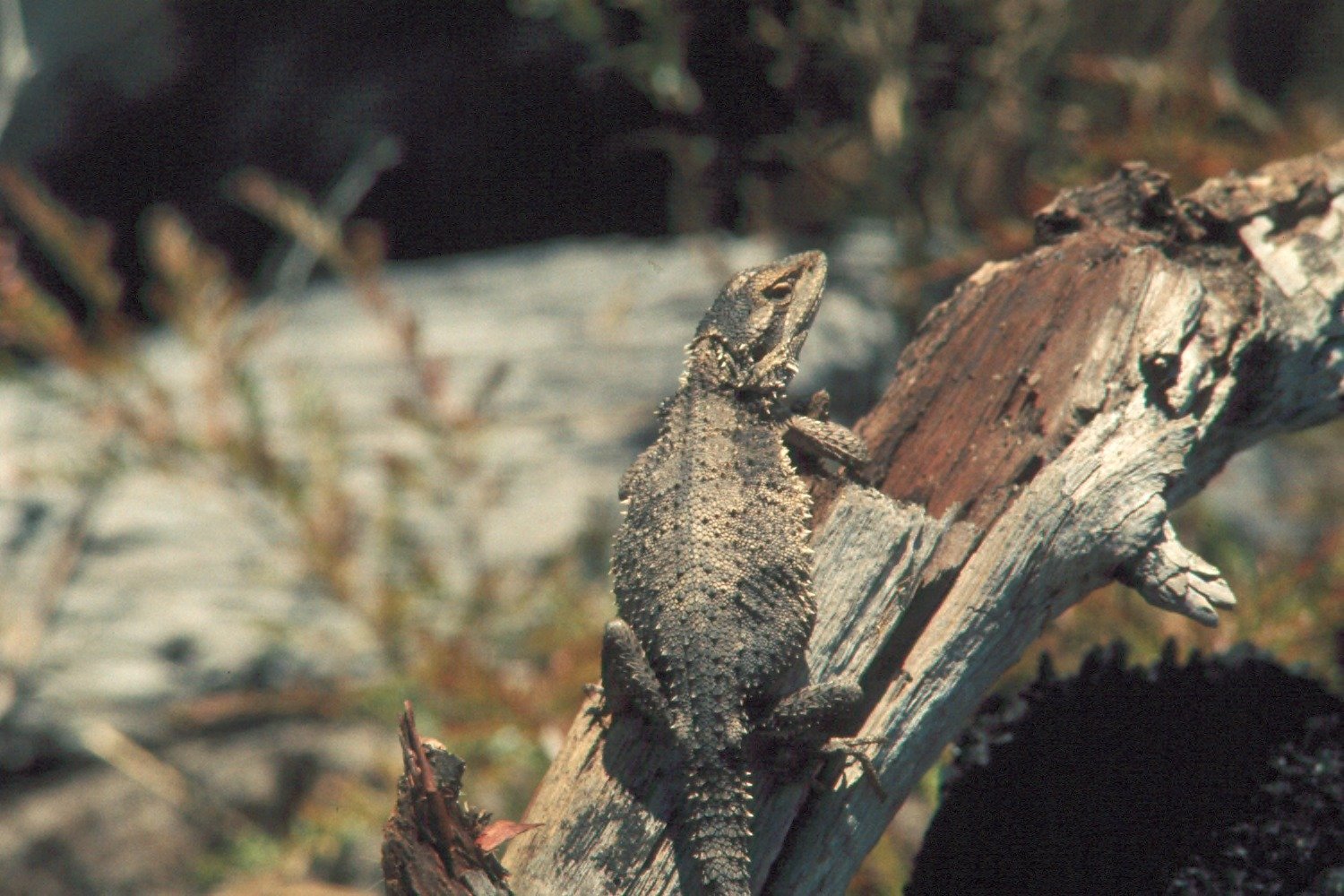
Enrichment is vital for a bearded dragon’s mental and physical health. Providing a variety of climbing structures, hiding spots, and interactive toys keeps them engaged and stimulated. Simple activities, like exploring a safe outdoor area or interacting with different objects, can provide mental stimulation. Regular enrichment prevents boredom and promotes natural behaviors, contributing to their overall well-being. Engaging with your bearded dragon through play and exploration strengthens the bond between pet and owner. A stimulated beardie is a happy beardie, thriving in a dynamic and enriching environment.
Handling and Interaction
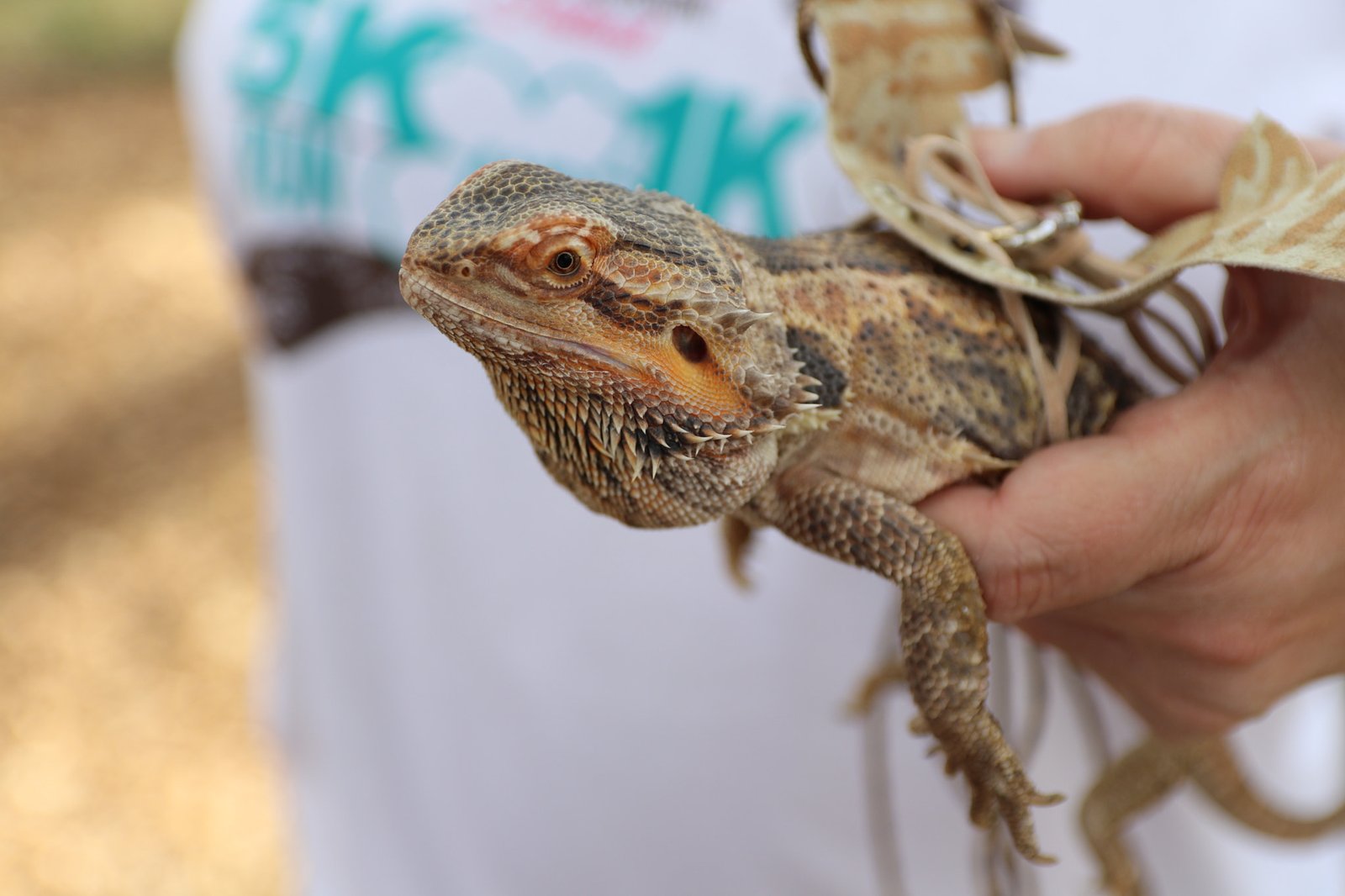
Handling bearded dragons requires a gentle approach, respecting their comfort and boundaries. They generally enjoy being held, often relaxing on their owner’s lap or shoulder. Regular handling helps them become accustomed to human interaction, reducing stress and promoting trust. It’s essential to support their body properly and avoid sudden movements that might startle them. Observing their body language helps in understanding their comfort level, ensuring a positive interaction. Building a trusting relationship through gentle handling enhances the bond between you and your bearded dragon, making them an even more cherished companion.
Common Misconceptions

There are several misconceptions about bearded dragons that can lead to misunderstandings about their care. One common myth is that they are low-maintenance pets, requiring minimal care. In reality, they need a well-maintained habitat, a balanced diet, and regular health checks. Another misconception is that they don’t form bonds with their owners, but many beardies enjoy interaction and recognize their caregivers. Dispelling these myths is crucial for providing the proper care and understanding of their needs. Educating yourself about these common misconceptions ensures that your bearded dragon receives the best possible care.
In conclusion, bearded dragons are remarkable pets, offering unique insights into the world of reptiles. Understanding these 13 facts ensures a fulfilling and rewarding experience for both you and your scaly companion. Whether you’re a seasoned reptile enthusiast or just beginning your journey, these insights into the world of bearded dragons enrich the experience of owning these fascinating creatures.

Esther is from India; the heartbeat of South Asia, holding a Master’s degree in Zoology and a postgraduate diploma in Animal Welfare. Her enthusiasm for animal welfare drives her passion and dedication to working for animals, ensuring their well-being, and advocating for their rights. With a solid academic background and hands-on experience, she is committed to making a positive impact in the field of animal welfare. In her free time, she enjoys embroidery and sewing. As a Chennaite from Tamil Nadu, Esther loves Bharathanatyam, an Indian classical dance form.

